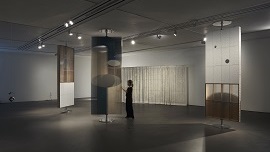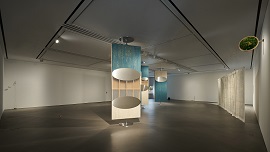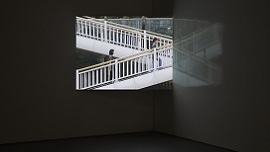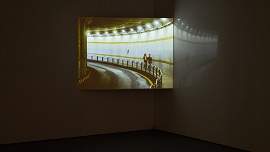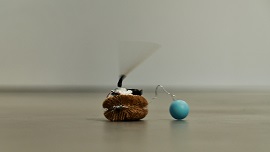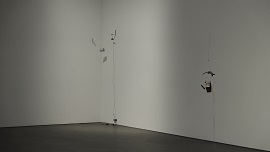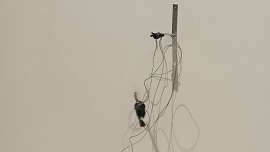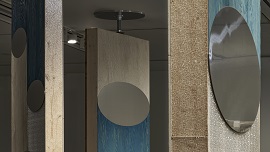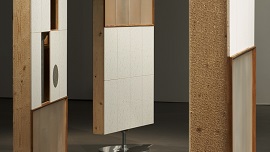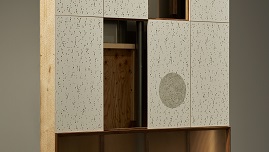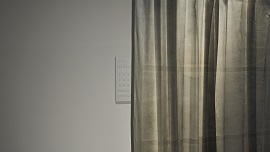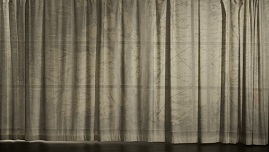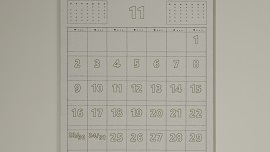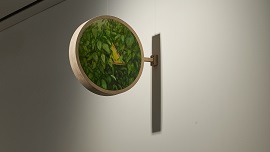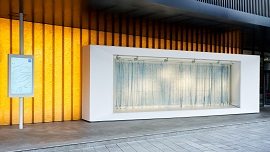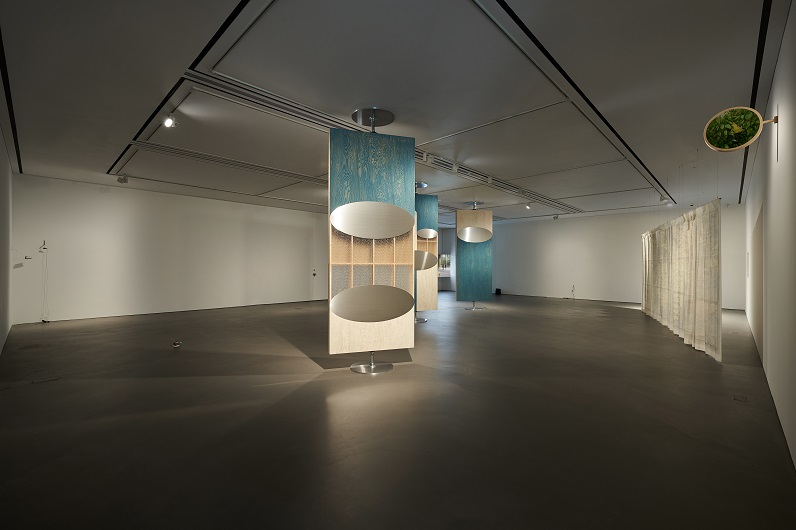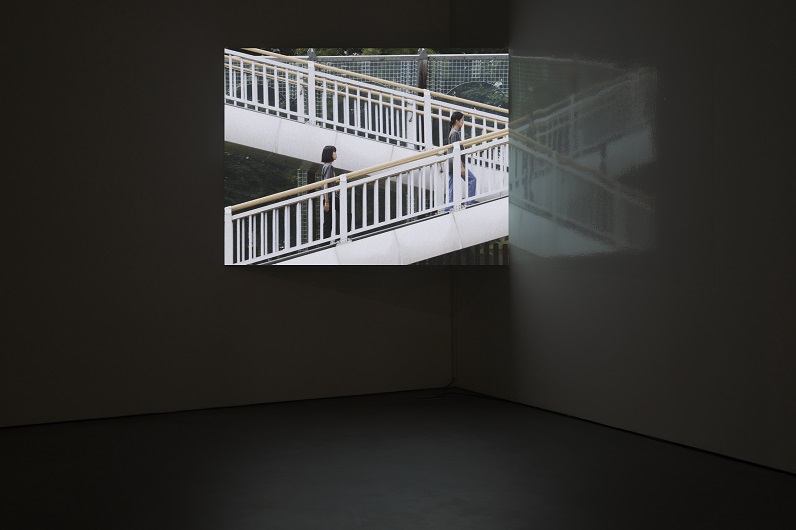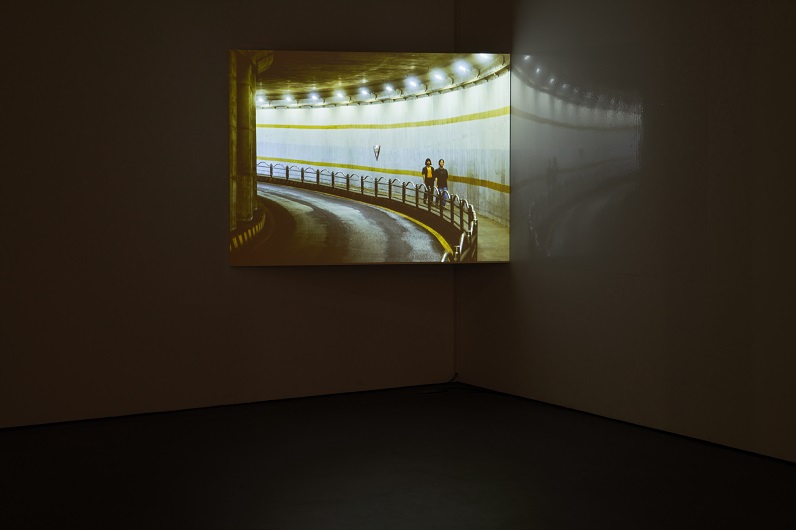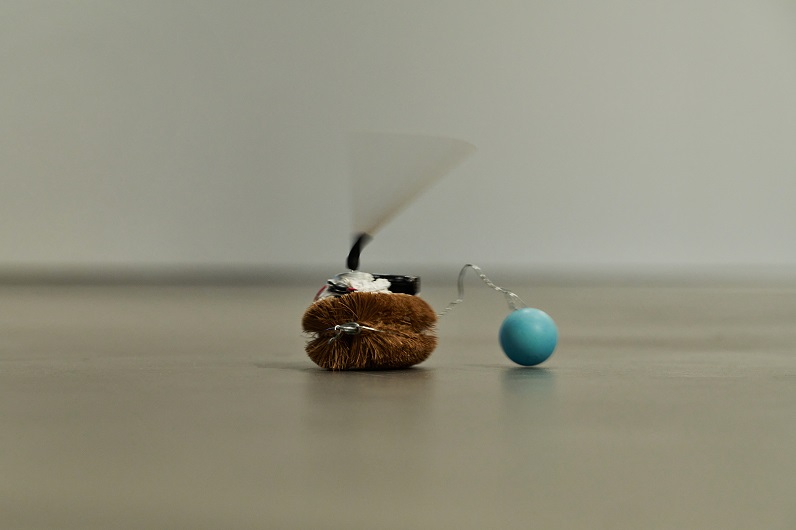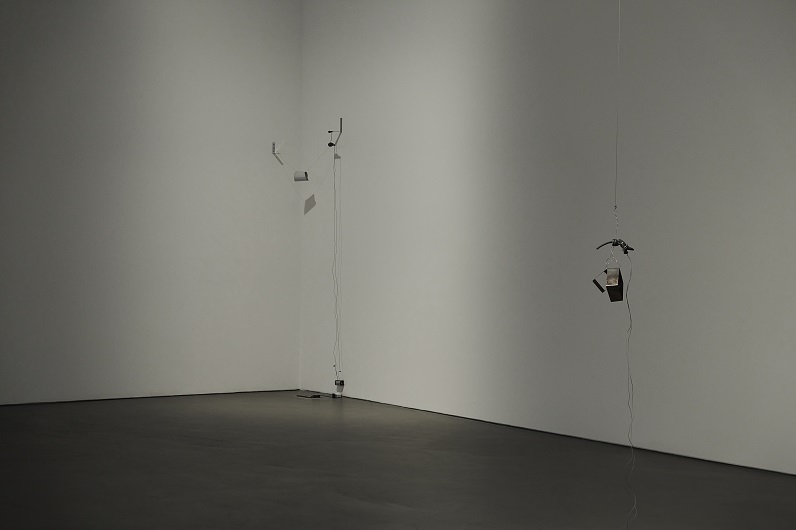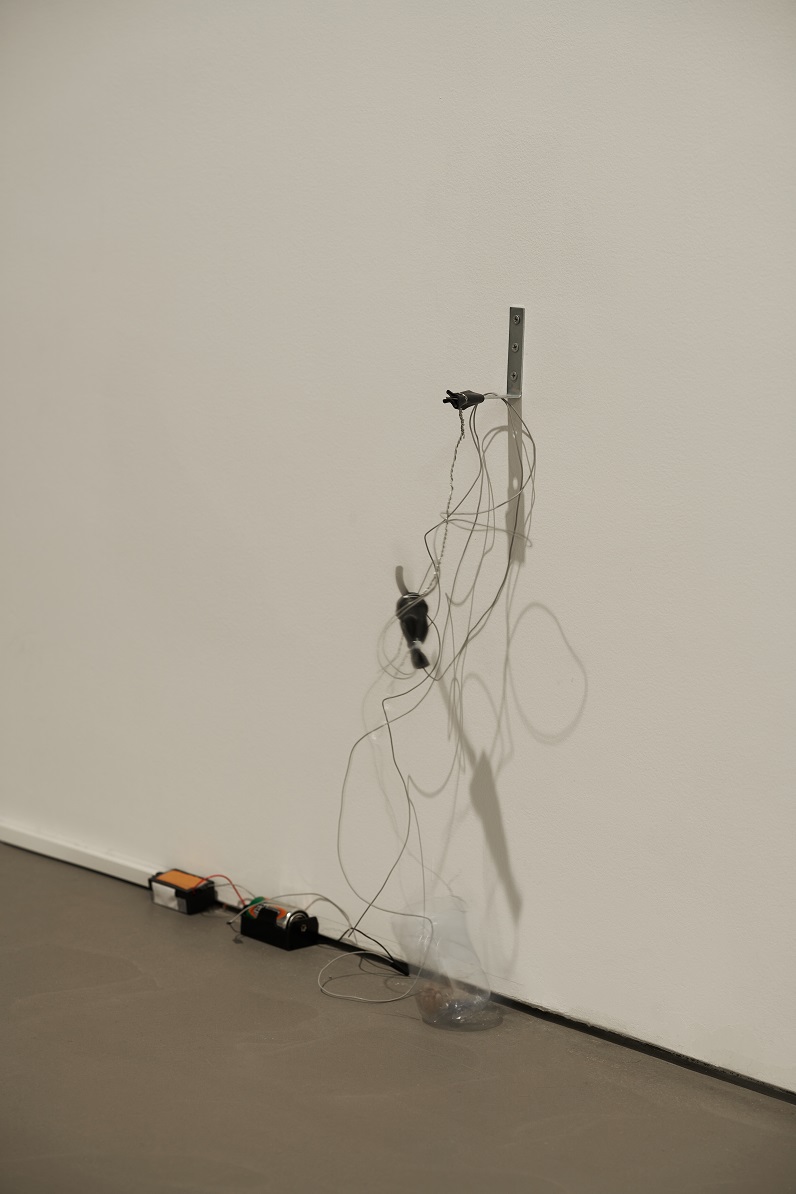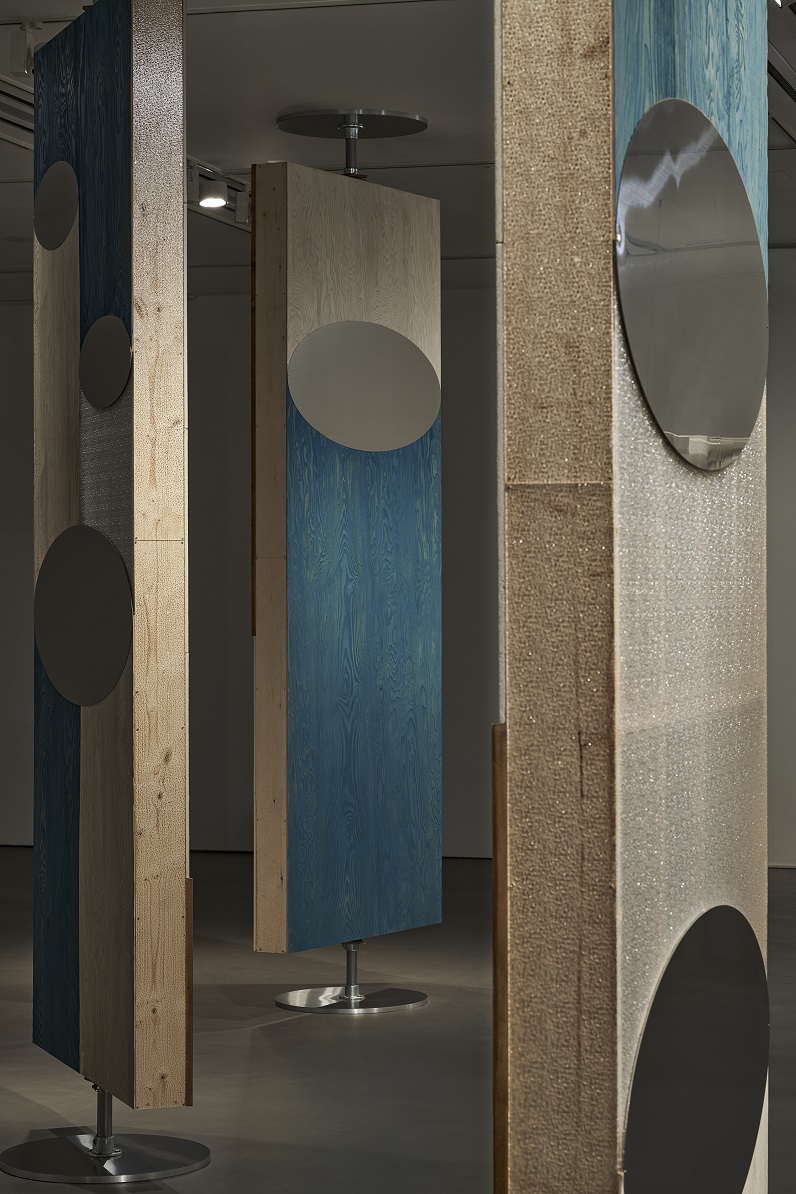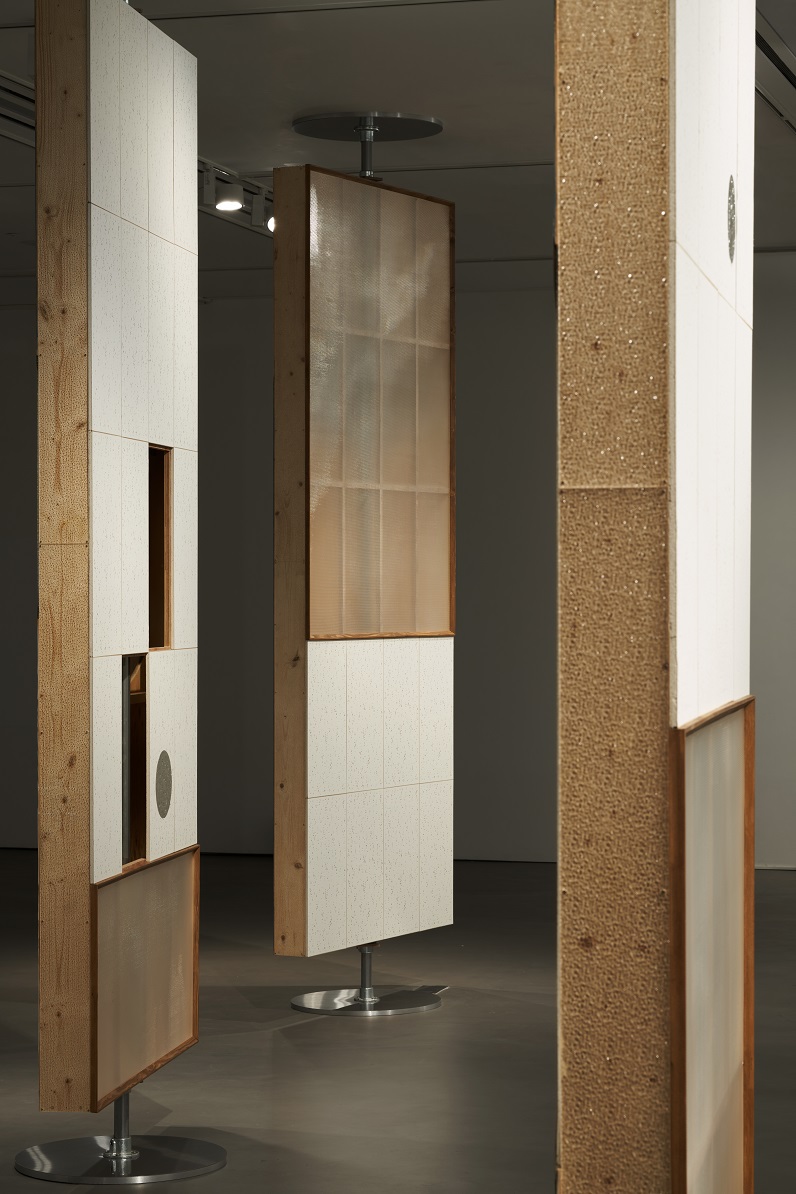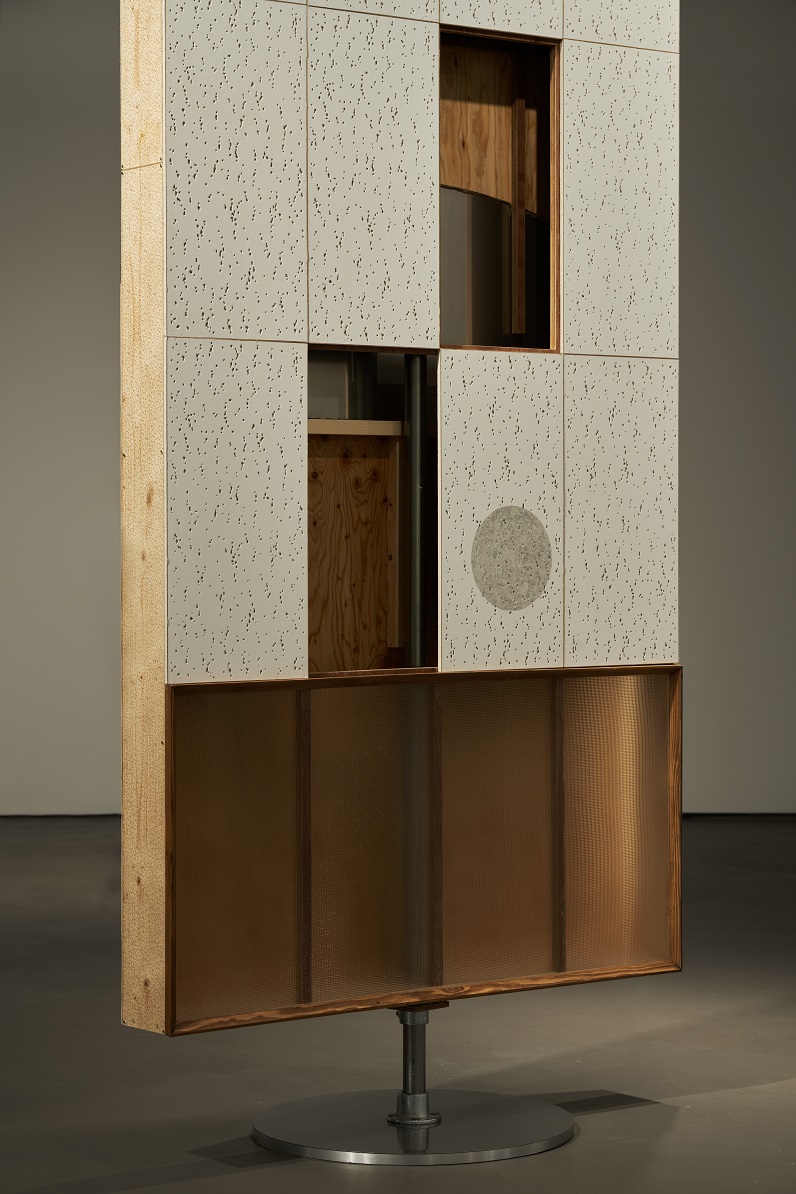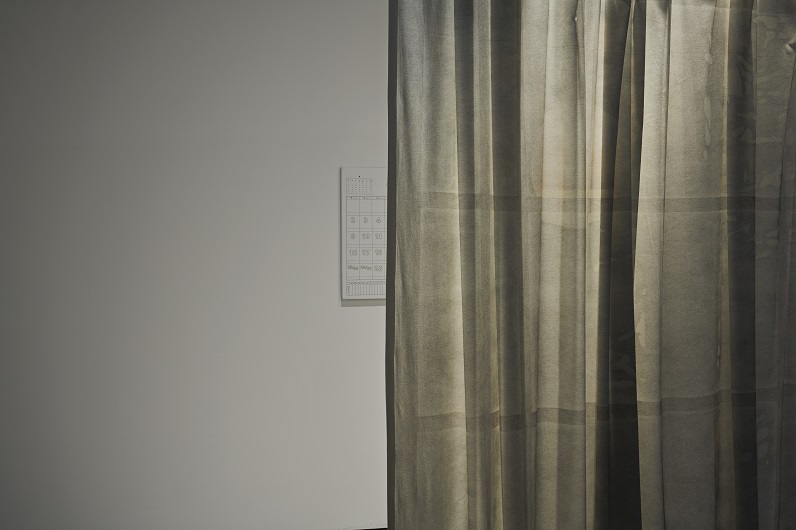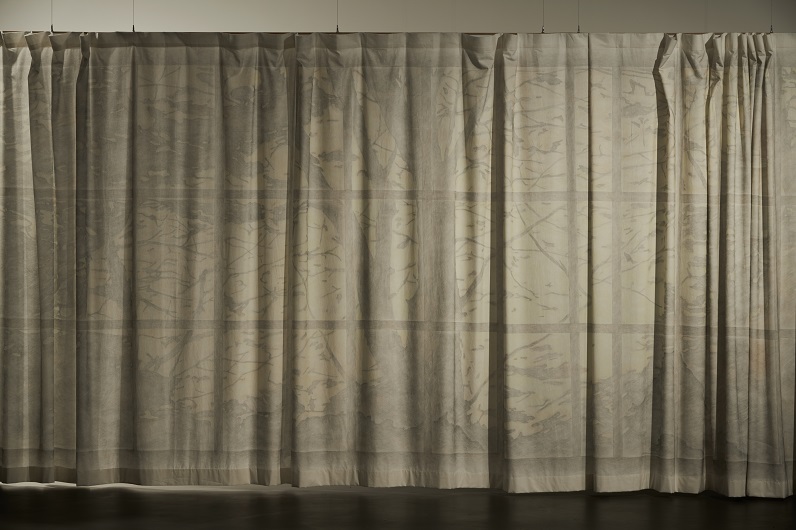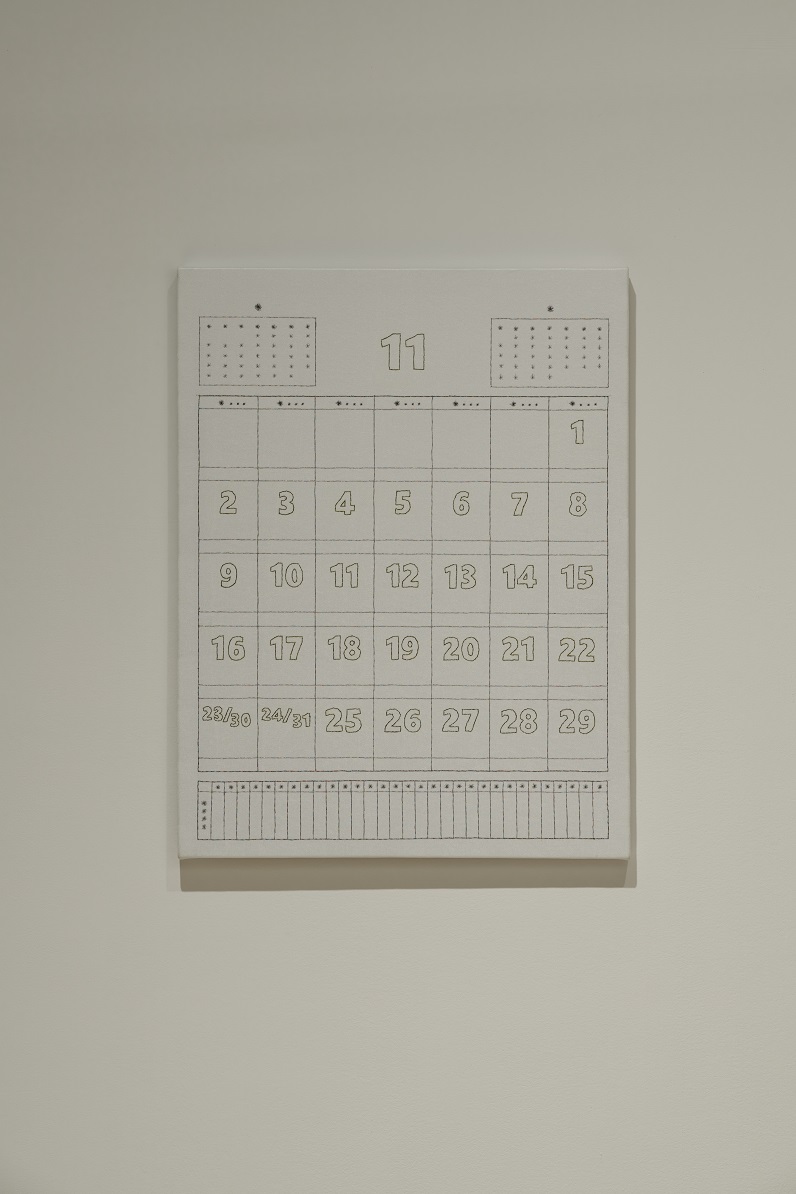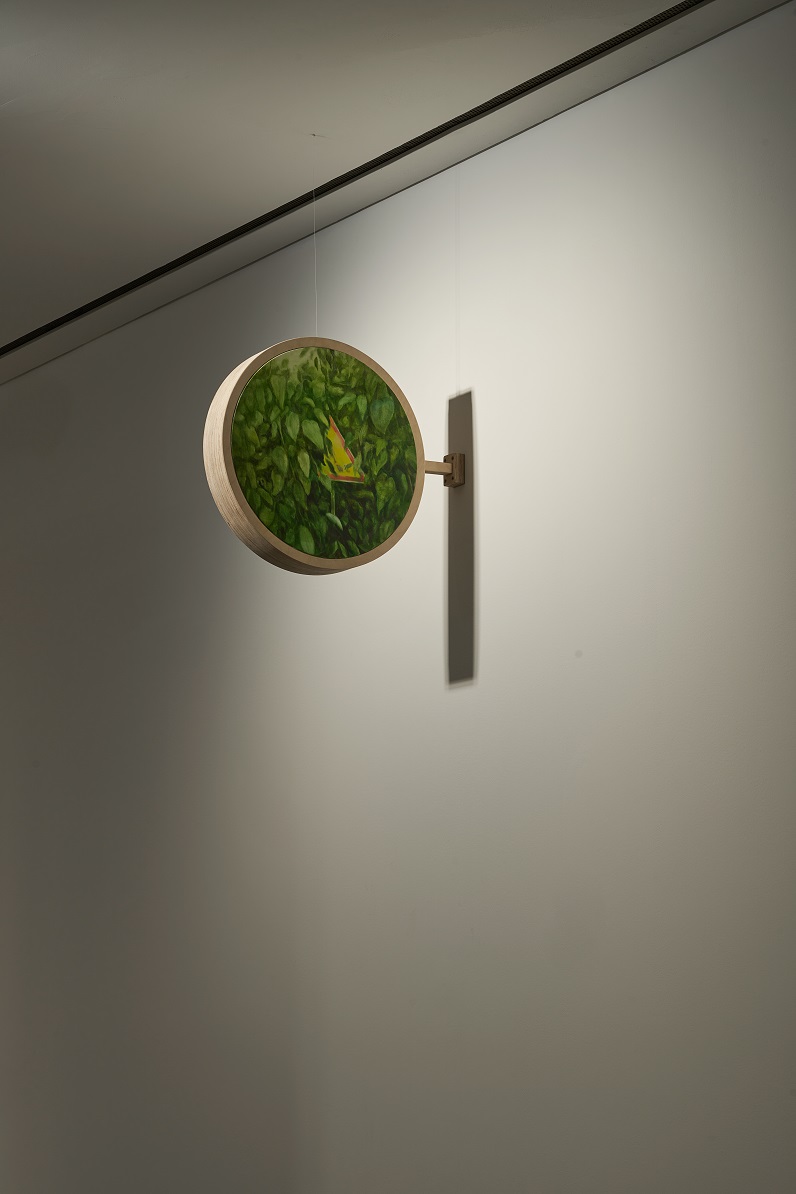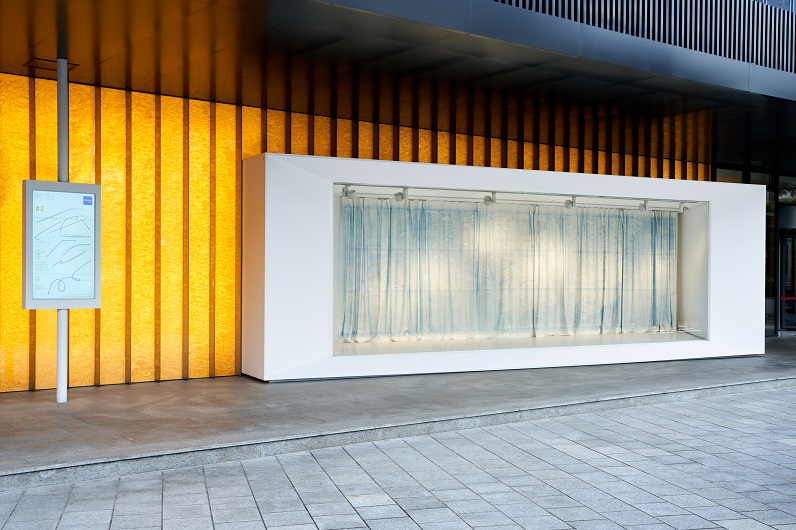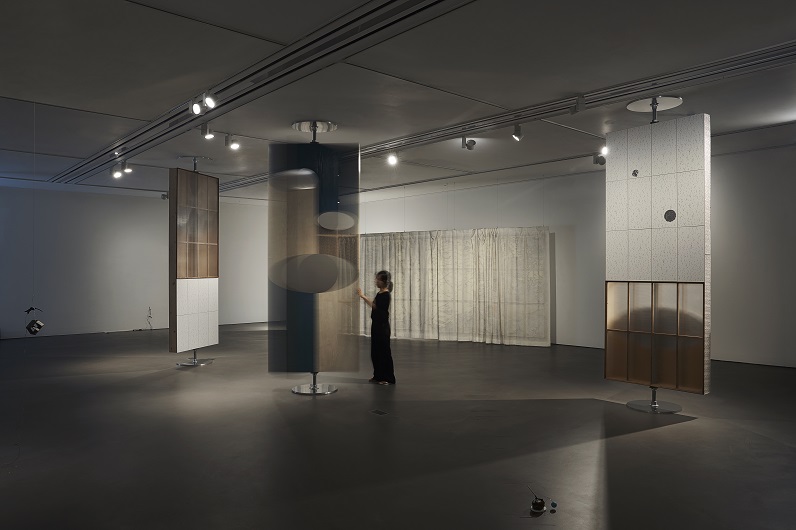
Installation view
Photo by Yeonkeun Choi
Tuesday-Saturday 11:00~19:00 / Closed on Sunday and Monday / Closed on 8. 15. (Tue)
DOOSAN Gallery: 15, Jongno 33-gil, Jongno-gu, Seoul, Korea
Tel. 02-708-5050
Through DOOSAN Curator Workshop, a program that aims to train new curators, DOOSAN Gallery will host an exhibition named #2 from July 26th to August 30th, 2023. The exhibition is co-curated by Miji Lee, Mianah Lee, Minjoo Lee, a group of participants to the 12th workshop.
An island with thick sea fog… and its periphery.
DOOSAN Curator Workshop Exhibition #2 begins by undertaking a collective reading in the time and space depicted in a play and captures the dramatic moments triggered by an event so called an exhibition. Hae-youl Bae’s play, which simultaneously indicates an incident in reality and imagines a fictional space, is the communal text and thought-provoking element that constitutes the exhibition. Responding to this openness of text, Sojin Kwak, Rie Nakajima, Kyungmin Lee and Choulgue Jung perceive a specific scene as a clue to fetch the fragments of a time each of them focuses on. Their works pass through different zones of time in their own visual languages and velocities, constantly changing the landscape in the exhibition space. A written play is meant, following a process of co-creation, to be spoken and performed by others. It is a form of storytelling that, from a certain perspective, produces organic images that traverse different times and spaces. Here the perspective contains the possibility of being plural. Theater originates from the Greek word Theatron, which means a place of seeing for the audience and the act of viewing, Theasthai. Borrowing the vocabulary of theater, #2 delves into the act of viewing that is generated by the exhibition as a place of seeing. The exhibition asks the viewers to encounter a series of images derived from the text and try to recollect the lines they haven’t read yet. It also experiments on how bodies in the space that perform the act of viewing resonate with the torsos of the works, engaging with one another, creating alternative scenes.
Saving the Goat (2023), a play by playwright Hae-youl Bae, starts by shedding the light on the outskirts of an island, a blurry silhouette caught in fog. A falling accident during a goat rescue on the island becomes the starting point of the story. It weaves the relationship between people on and outside the island, and the goat as a being to be saved, and their guilt and lethargy from facing one’s death. The second scene of the play unfolds from a conversation of Deuleh and Youngshin, who are busy preparing for the rescue mission at the port of swaying boats, before they learn the full account of the incident.
Imagining an unreachable island, Rie Nakajima pays attention to beings of forest and land. She collects objects with her auditory imagination on the island and the void of the space, which appear to be a composition of small sound sculptures that are performed consecutively. Her sculptures, activated with regular pauses, constitute an audible space where not only they respond to one another’s auditory signals but also resonate with the other pieces they are adjacent to, as well as involving the audience and the peripheral noises.
The installation of Kyungmin Lee that traverses the gallery becomes an already closed, bygonetime and space for some, and a passageway yet to be open for others. She embraces the standpoints of those who had to leave their homes behind or run after a certain target due to the rescue missiondealing with the conflicts and obscurities of an island. Casted in aboard with a mixture of fragile and heterogeneous materials as if several water currents are congealed, her work metaphorizes how we wander around in different regions that have been transformed by capital and gentrification. By occupying the positions relational to one another, three pieces disturb the cardinal points and constantly stir the surrounding atmosphere.
What Sojin Kwak affirms from the relationship between the goats chased by people and the characters tracking down the cause of death is non-chronological cycle of the event. The camera, using twins as subjects, overlays the movements of a figure fleeing from a single origin and a figure chasing after it. The entangled footsteps of the figure gradually detach the narrative connection of escape and pursuit. Holding on to a scene that is regenerated from linear time of cause and effect, life and death, Kwak seeks for the ways how the character reconstructs the narrative in their recurring cycle.
Choulgue Jung takes performative ways such as embroidery and line drawing as his main methodology. One needs to have a close look at his work in order to appreciate the traces of lines and subtle aesthetic. He focuses on mapping the relationship of the characters in the play The relationship and passage of time showing how each character mirrors and resembles each other are engraved on fabrics draped inside and outside the gallery, touching their backs.
Can the exhibition be an event? Not as an event that evaporates after a flickering appearance but as a moment that captures the contradictions of existing hierarchies and orders. Do the images of the four artists, materialized by imagining the event from one scene, represent the incident depicted in the text or generate alternative events? By scooping up a scene, #2 dismantles the play’s narrative on a specific incident. Arrays of images presented as excerpts of play, encourage the viewers to detour the ending of the story, and to avoid perceiving them as results of representation. In other words, it suggests the viewers to imagine the temporalities of before and after, instead of probing the causes and intentions of the reality. #2 questions the ways we assign narratives to images, and attempts to grasp the event of knowledge occurred in the form of exhibition.


